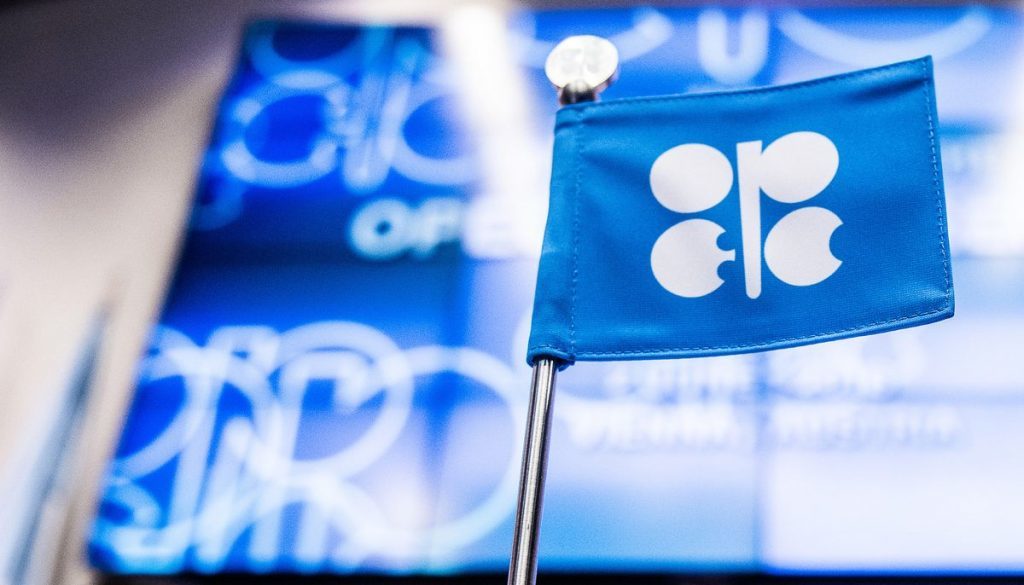
OPEC is to extend oil production cuts for nine more months after last year’s landmark agreement failed to eliminate the global oversupply or achieve a sustained price recovery.
Members of the organization agreed to prolong their accord through March, said two delegates familiar with the decision, asking not to be identified before an official announcement is made.
Ministers are scheduled to discuss the extension with non-member producers later today.
Six months after forming an unprecedented coalition and delivering output reductions that exceeded expectations, resurgent production from US shale fields has meant oil inventories remain well above targeted levels. While supplies are shrinking, ministers acknowledged that the surplus built up during three years of overproduction won’t clear until at least the end of 2017.
Maintaining the same production cuts through March “is a very safe and almost certain option to do the trick,” Saudi Oil Minister Khalid Al-Falih said at the opening session of the group’s meeting in Vienna. “It’s likely we’ll be balanced earlier than later.”
The Organization of Petroleum Exporting Countries agreed in November to cut output by about 1.2 million barrels a day. Eleven non-members including Russia joined the deal in December, bringing the total supply reduction to about 1.8 million. The curbs were intended to last six months from January, but confidence in the deal, which boosted prices as much as 20 percent, waned as inventories remained stubbornly high and U.S. output surged.
Cuts Working
Al-Falih insisted the cuts are working, saying stockpile reductions will accelerate in the third quarter and inventory levels will come down to the five-year average in the first quarter of next year. While he expects a “healthy return” for U.S. shale, that won’t derail OPEC’s goals, he said.
Libya and Nigeria will remain exempt from the output curbs as they restore lost production, according to Al-Falih. Nigerian Oil Minister Emmanuel Kachikwu said earlier in an interview that extending the deal would bring price stability, suggesting a “$50 floor” for oil if producers stick to their cuts.
Benchmark Brent crude traded at $53.08 a barrel as of 11:54 a.m. in London, down 1.6 percent. Some investors are disappointed after speculating OPEC might announce some additional action, said Giovanni Staunovo, an analyst at UBS Group AG.
The oil market is also looking for clues as to what OPEC may do in 2018, a year when U.S. shale output growth is expected to match an increase in demand. There’s concern that OPEC could return to the free-for-all production that caused prices to slump from 2014 to 2016, though Al-Falih has insisted the organization will maintain control.
“We have said we will do whatever it takes,” the minister said.
Recommended for you
